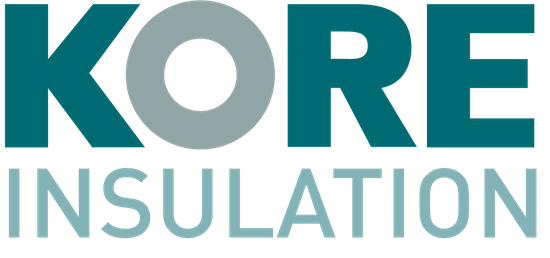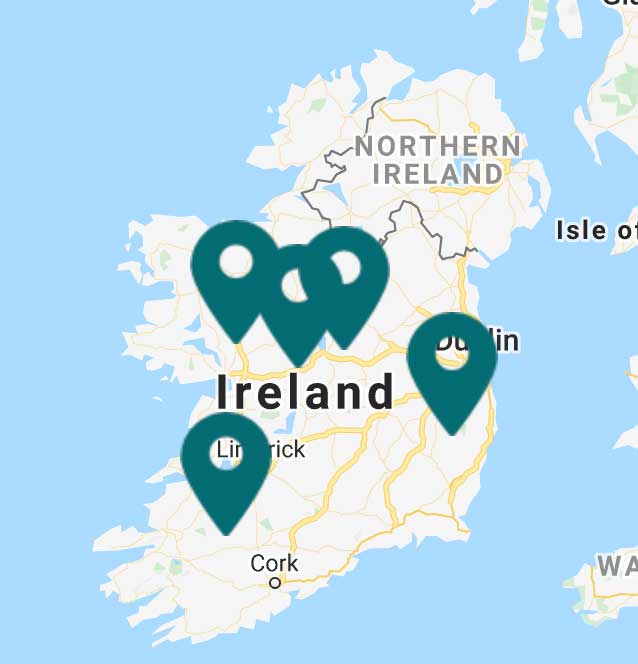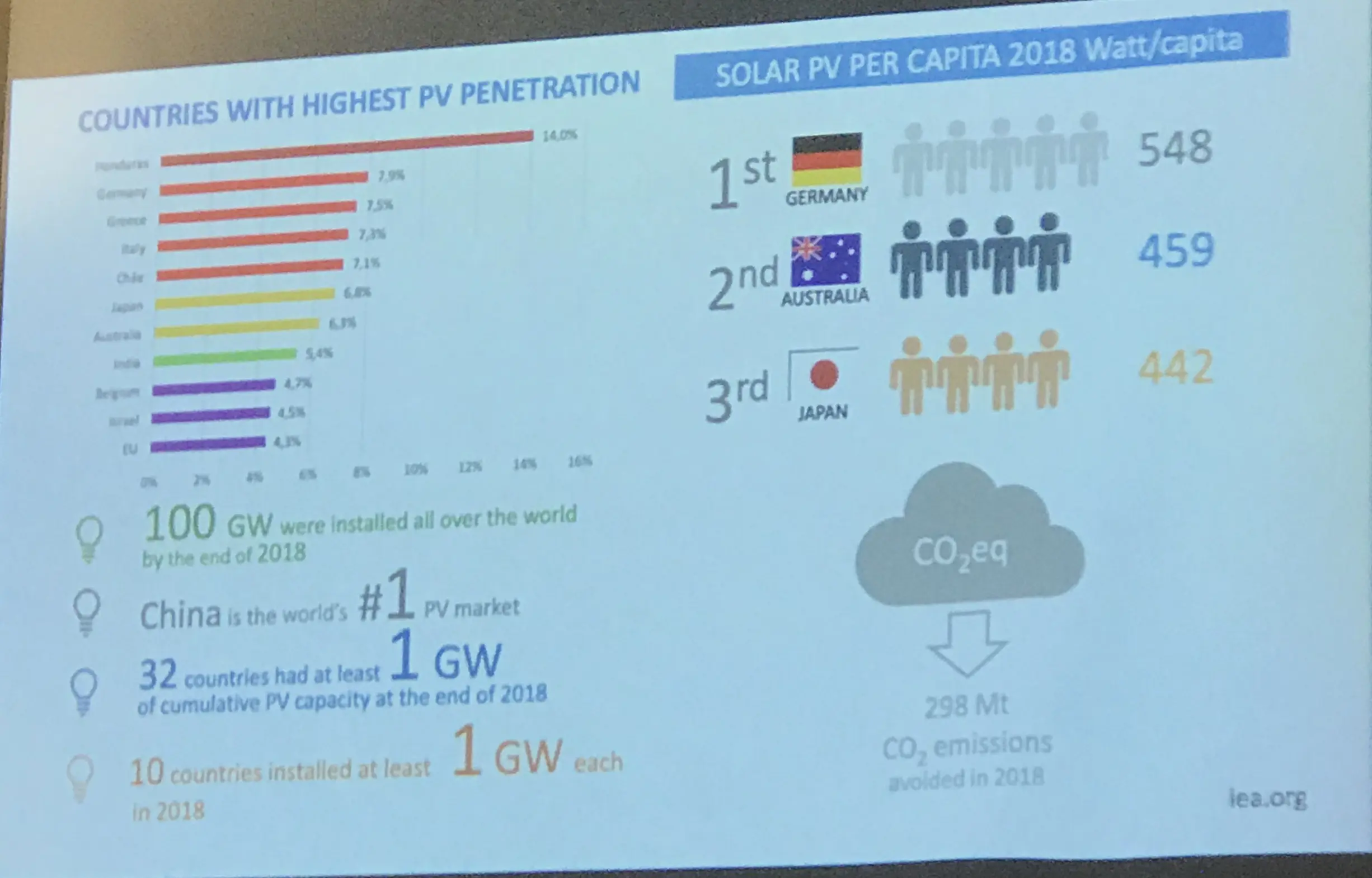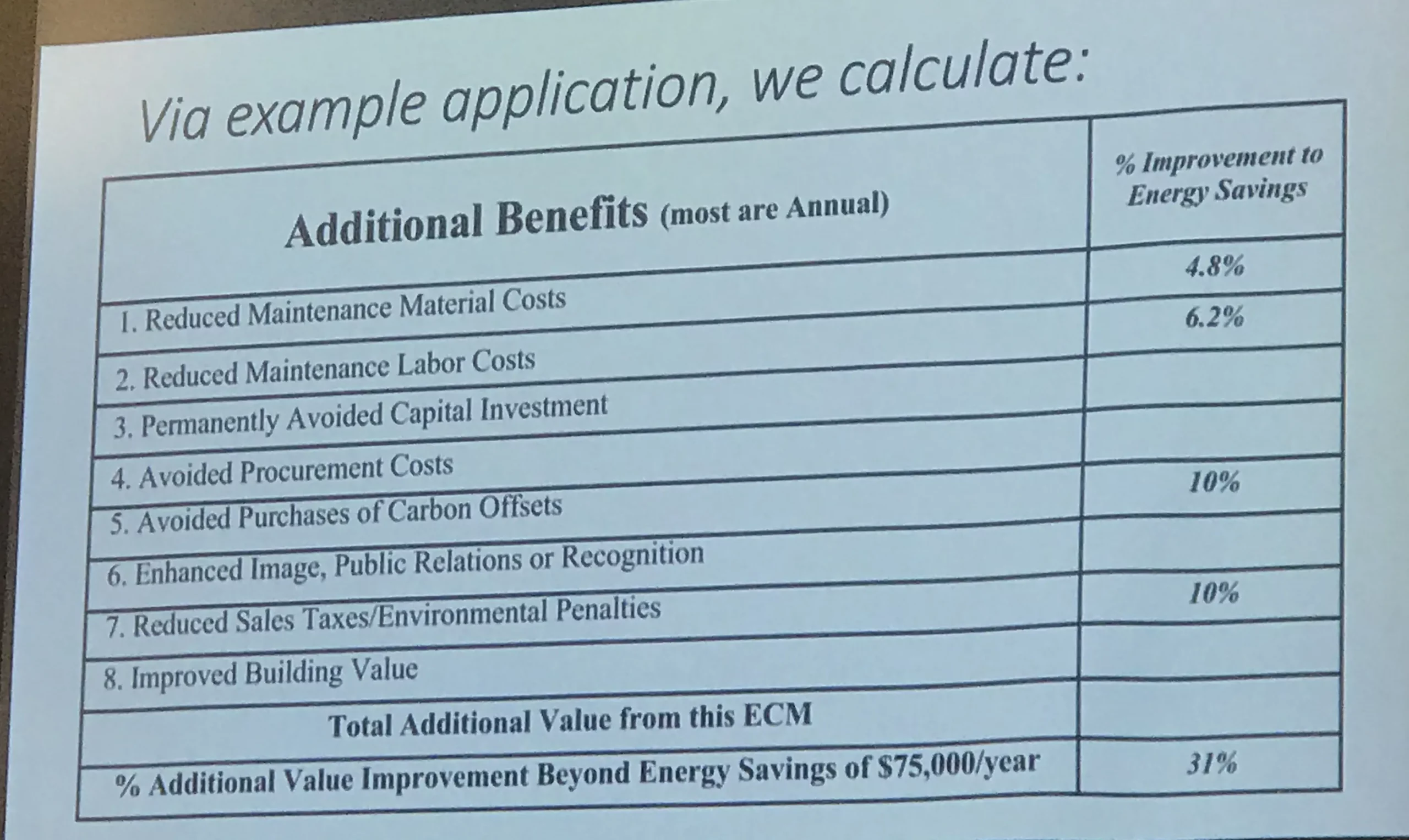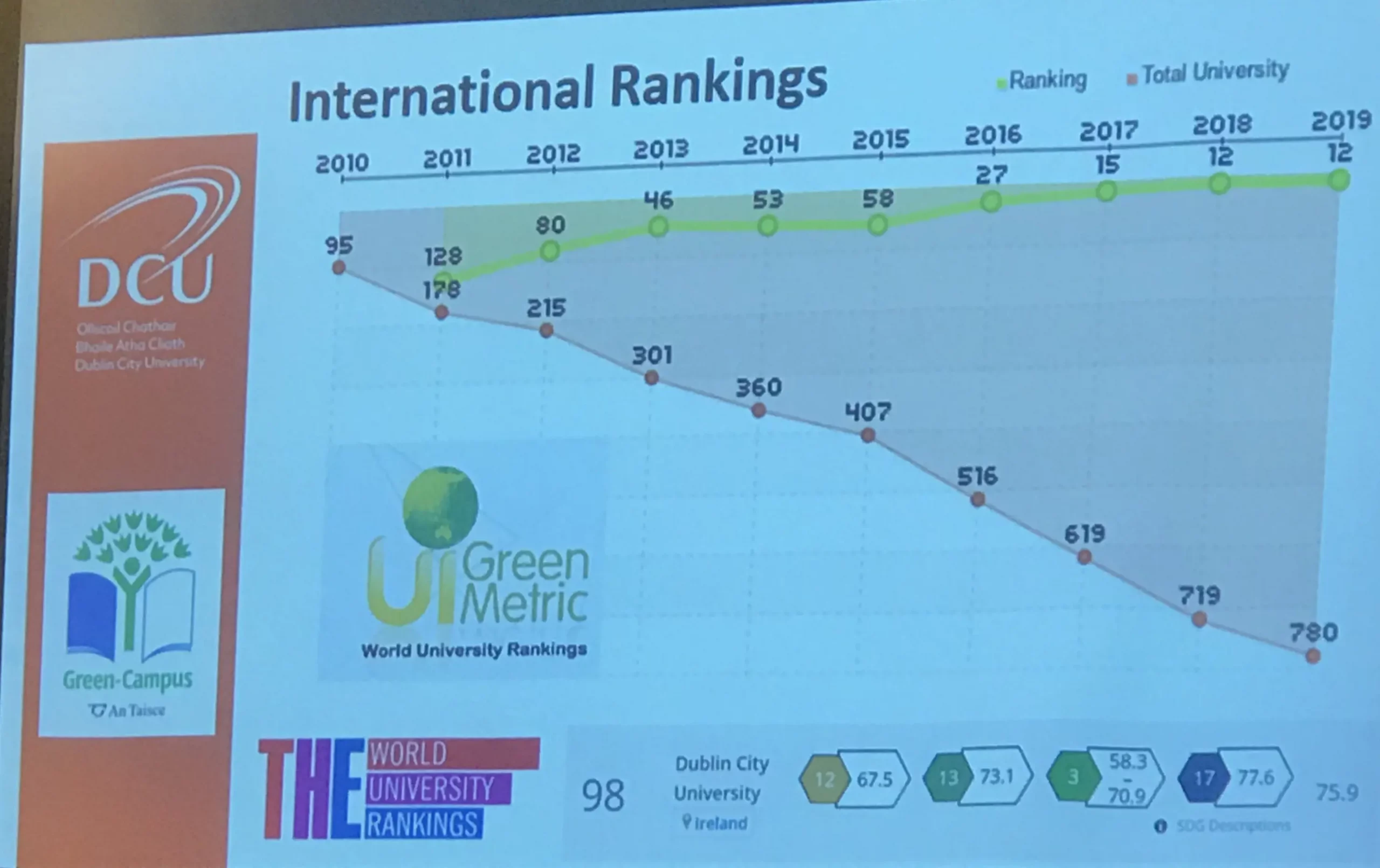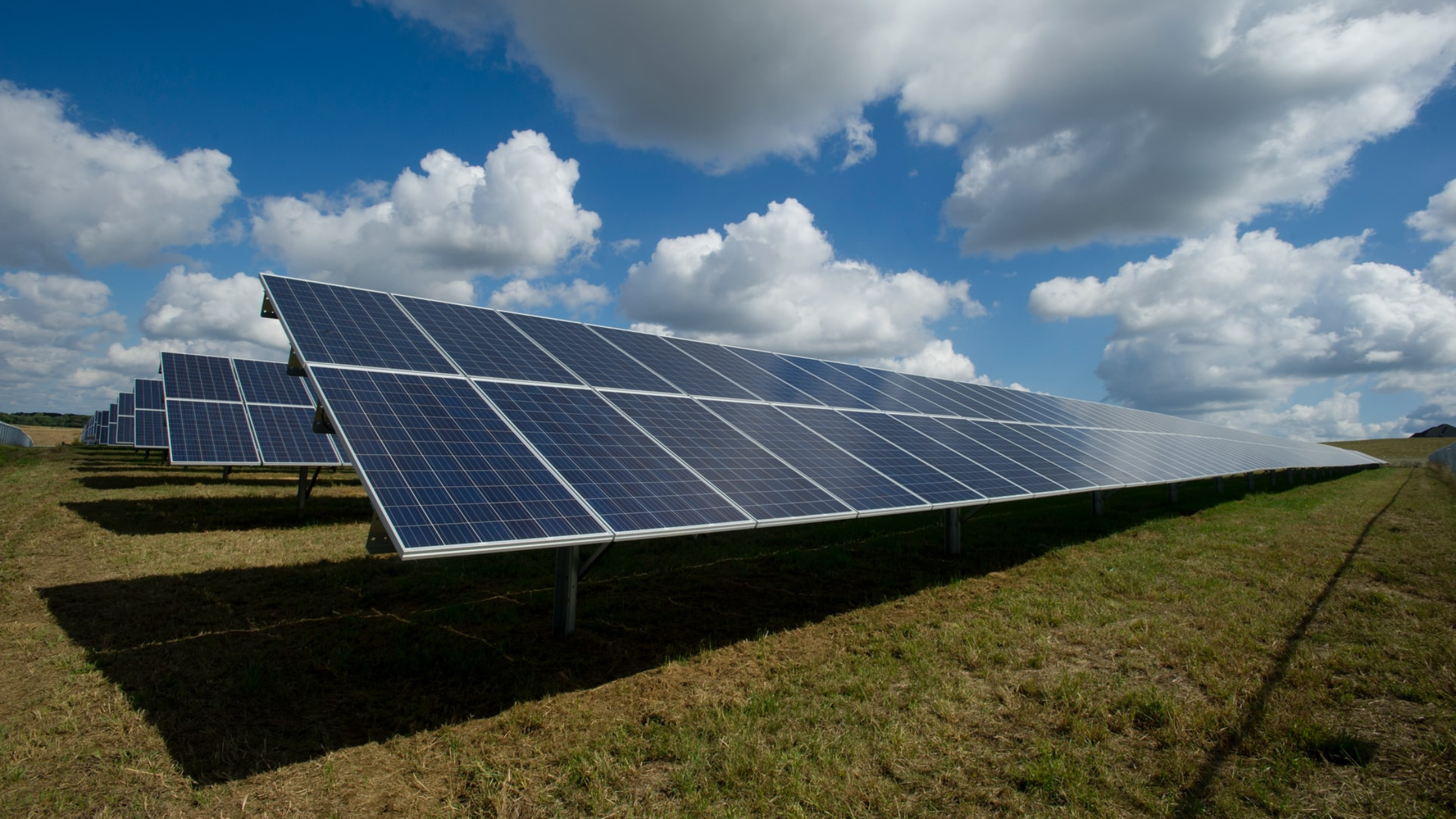
Sustainable Energy Authority of Ireland (SEAI) held a morning briefing on 4th February at the Aisling Hotel, Dublin to discuss business drivers for energy savings in the United States, and how we can learn from them here in Ireland.
Led by Dr. Eric Woodruff, independent consultant from Profitable Green Solutions, and past president of Association of Energy Engineers in the U.S., the briefing provided strategies on how commercial organisations can help combat climate change from within.
Looking at Ireland’s Climate Action Plan 2019, Ireland must reduce their CO2 emissions by 5 Mt CO2eq by 2030. Our current building stock uses 7% more energy than the EU average, with our CO2 emissions at a shocking 58% above average. As proposed in the Climate Action Plan, we must drastically decrease our use of fossil fuels (oil, coal, gas), increase our use of renewable energy, such as solar and wind energy, and retrofit almost half a million properties including residential, commercial, public sector and community buildings. Dr. Woodruff explained how over half of all U.S. states have set similar goals to achieve by 2030, for example New York aims for 50% of all energy usage to come from renewable sources by 2030.
Solar PV is the most popular renewable energy source installed on the planet right now, with Germany having the most solar PV per capita in 2018, followed closely by Australia. It’s exciting to see that 100GW of Solar PV was installed around the world in 2018, with China leading as the world’s number one PV market.
Energy efficiency upgrades are not only beneficial for the environment, but for employee health and wellbeing, financially beneficial with tax credits and continual return on investment, which is the key to motivating many commercial organisations, explains Dr. Woodruff. SunChips, a U.S. crisp manufacturer, installed Solar PV to assist with their environmental impact goals, and also as part of their corporate social responsibility manifesto. This installation of Solar PV cut down on the usage of steam boilers by 90%, reducing CO2 emissions drastically, and also acted as a marketing tool which saw an increase of 800% in sales from supermarket giant Walmart. SunChips saw the environmental and financial benefits of this upgrade within two months, and upgraded their waste management system, water system and electrification of fleet.
In America, many states offer tax incentives to upgrade to renewable energy sources, similarly in Ireland with SEAI schemes such as the Better Energy Communities Scheme which offers commercial companies a grant of up to 30%. Regardless of the financial incentives offered by government, additional benefits of energy conservation include reduced maintenance labour and material costs, avoided purchases of carbon offsets, reduced environmental penalties and improved building value. Retrofit projects can have a large upfront cost, but the pay back time can be short, with continual return on investment for the commercial organisation.
Dr. Woodruff finalised his presentation with the urgency and need for retrofit in buildings, as we are decades away from climate change affecting us forever.
Samantha Fahy, sustainability director of Dublin City University (DCU) followed with a discussion on the university’s strategic plan for sustainability 2017-2022, which included hopes for a carbon neutral campus, integration of sustainability principles, literacy and awareness into student curriculum, and stakeholder engagement. DCU currently rank number 12 in the world as a green university, and has been awarded green campus accreditation by An Taisce. To gain these accolades the university has upgraded insulation in all buildings, upgraded boilers, switched to LED lights, upskilled employees on creating a sustainable environment, created a DCU energy policy and was certified with ISO 50001: Energy Management Standard.
DCU has just over 17,000 students annually enrolled over 5 faculties, in a campus spread across 2.2km. Year on year DCU has reduced its CO2 emissions by 7%, and energy usage by 0.7%, but the challenge facing the university is increasing student numbers, older buildings, funding, and indirect energy consumers that account for almost three quarters of their energy consumption. These indirect energy users include transportation for students and employees, student accommodation, suppliers, and external stakeholders. To achieve their target by 2022 they would have to shut down one campus for a whole year, which simply isn’t feasible.
Samantha was very optimistic about reaching the targets set out in the Climate Action Plan 2019, and believes our carbon emission output should be targeted at zero.
